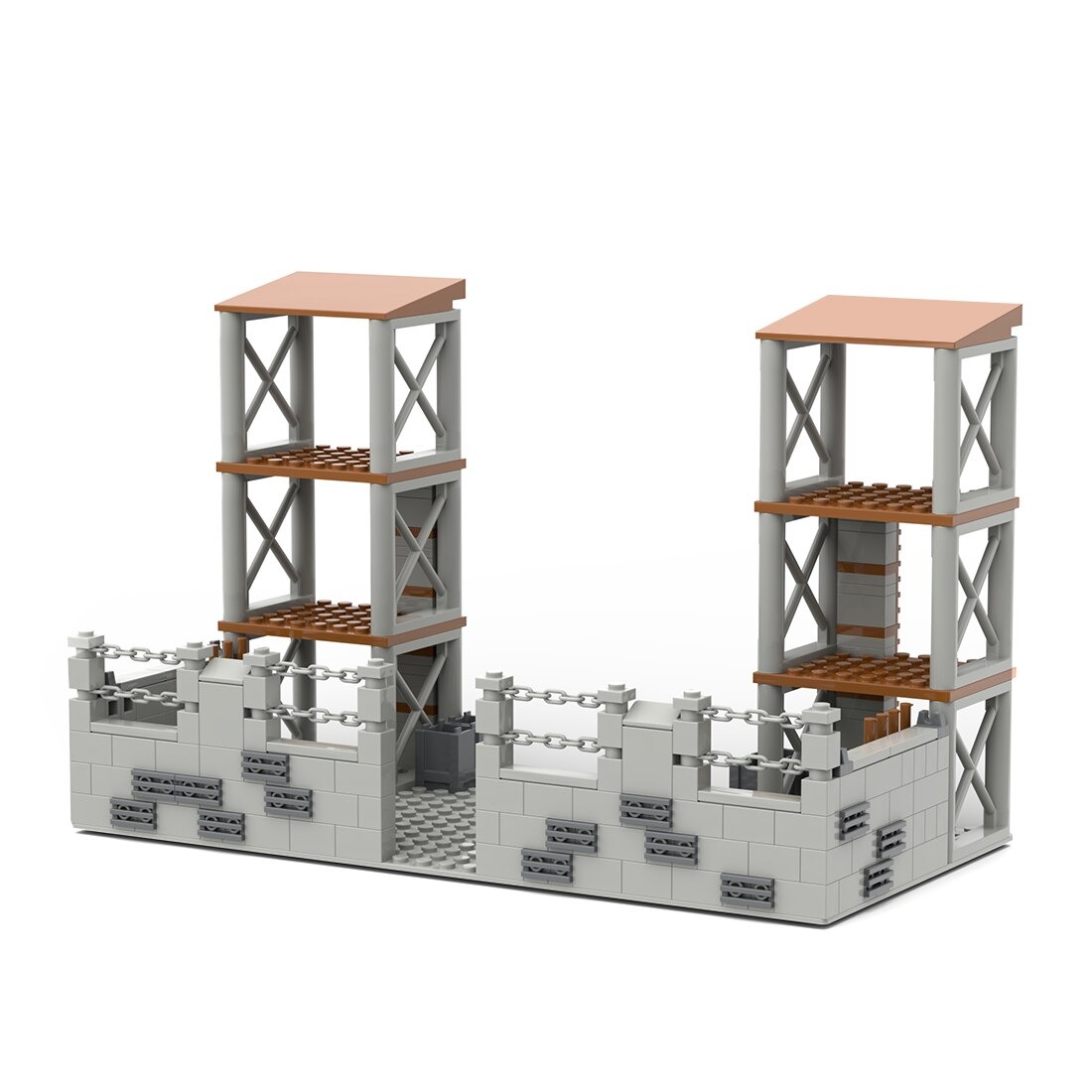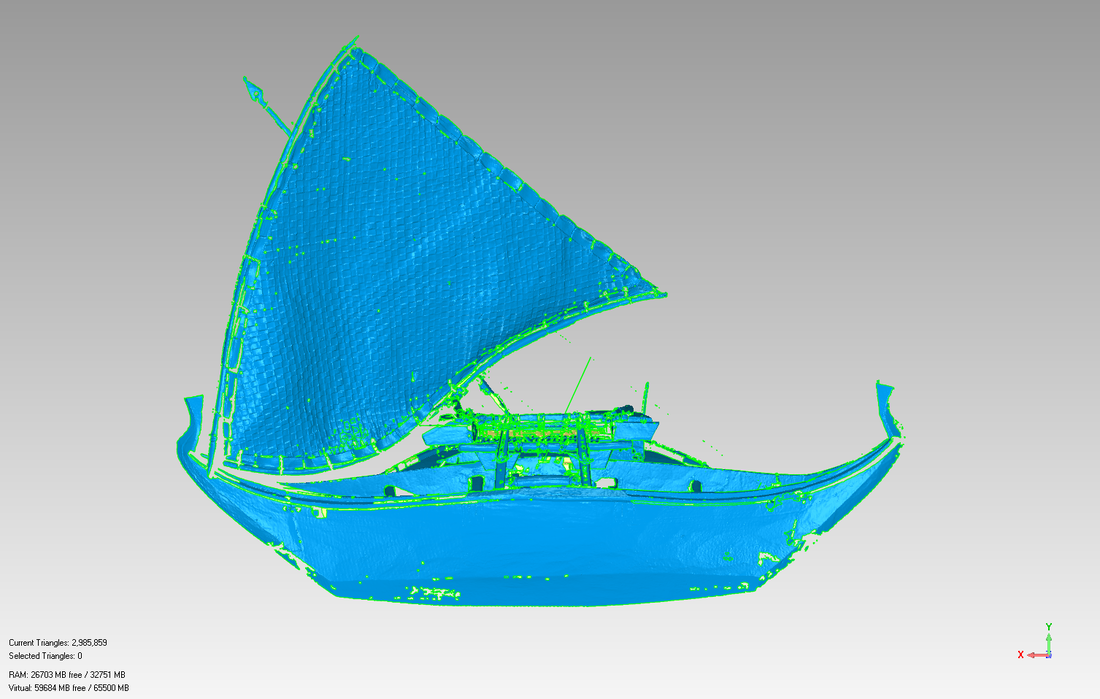The Ultimate Guide to Military Defense Walls

Military defense walls have been a cornerstone of strategic protection for centuries, evolving from simple earthen mounds to sophisticated, multi-layered structures. These walls serve not only as physical barriers but also as symbols of power and resilience. Whether you’re a history enthusiast, a military strategist, or someone looking to understand modern defense systems, this guide will walk you through everything you need to know about military defense walls. (military defense walls, historical fortifications, modern defense systems)
The History of Military Defense Walls

Military defense walls date back to ancient civilizations, with notable examples like the Great Wall of China and the Roman Hadrian’s Wall. These structures were designed to protect territories from invaders, control trade routes, and assert dominance. Early walls were often made of stone, mud, or wood, but advancements in technology led to the use of more durable materials like concrete and steel. (ancient fortifications, Great Wall of China, Roman Hadrian’s Wall)
Key Historical Examples
- The Great Wall of China: Built over centuries, it stretches over 13,000 miles, serving as a testament to Chinese engineering and strategic planning.
- Hadrian’s Wall: Constructed by the Romans in the 2nd century AD, it marked the northern limit of the Roman Empire in Britain.
- Medieval Castle Walls: Featuring battlements, moats, and drawbridges, these walls were central to European feudal warfare.
📌 Note: Understanding historical designs can inspire modern defense strategies.
Modern Military Defense Walls: Features and Innovations

Today, military defense walls are engineered with cutting-edge technology to withstand advanced weaponry and cyber threats. Modern walls often include:
- Reinforced Concrete: Provides durability against explosions and heavy impacts.
- Smart Surveillance Systems: Integrated cameras, drones, and sensors for real-time monitoring.
- Blast-Resistant Barriers: Designed to absorb and dissipate the force of explosions.
Technological Advancements
- Modular Design: Allows for quick assembly and customization based on threat levels.
- Energy-Efficient Materials: Reduces environmental impact while maintaining strength.
- AI Integration: Enhances threat detection and response capabilities.
Types of Military Defense Walls

Military defense walls vary based on their purpose and design. Below is a table summarizing common types:
| Type | Purpose | Materials |
|---|---|---|
| Border Walls | Control migration and prevent unauthorized entry | Steel, concrete, barbed wire |
| Perimeter Walls | Protect military bases and critical infrastructure | Reinforced concrete, smart barriers |
| Anti-Tank Walls | Prevent armored vehicle intrusion | Thick concrete, metal reinforcements |

How to Choose the Right Military Defense Wall

Selecting the appropriate defense wall depends on several factors:
- Threat Assessment: Identify potential risks, such as infantry, vehicles, or explosives.
- Location: Consider terrain, climate, and accessibility.
- Budget: Balance cost with the level of protection required.
💡 Note: Consult with defense experts to tailor solutions to your specific needs.
Maintenance and Upgrades

Regular maintenance ensures the longevity and effectiveness of military defense walls. Key practices include:
- Inspections: Conduct routine checks for structural integrity and technology functionality.
- Repairs: Address cracks, corrosion, or damage promptly.
- Upgrades: Incorporate new technologies to stay ahead of emerging threats.
Final Thoughts
Military defense walls remain essential in safeguarding nations, bases, and critical assets. From ancient fortifications to modern smart barriers, their evolution reflects humanity’s ongoing quest for security. By understanding their history, types, and maintenance, you can make informed decisions to protect what matters most. (military defense walls, modern defense systems, historical fortifications)
What materials are best for modern defense walls?
+
Reinforced concrete and steel are ideal for their durability and resistance to explosions.
How often should defense walls be inspected?
+
Inspections should be conducted at least twice a year, with additional checks after severe weather or incidents.
Can defense walls be customized for specific threats?
+
Yes, modular designs and advanced materials allow for customization based on threat assessments.



